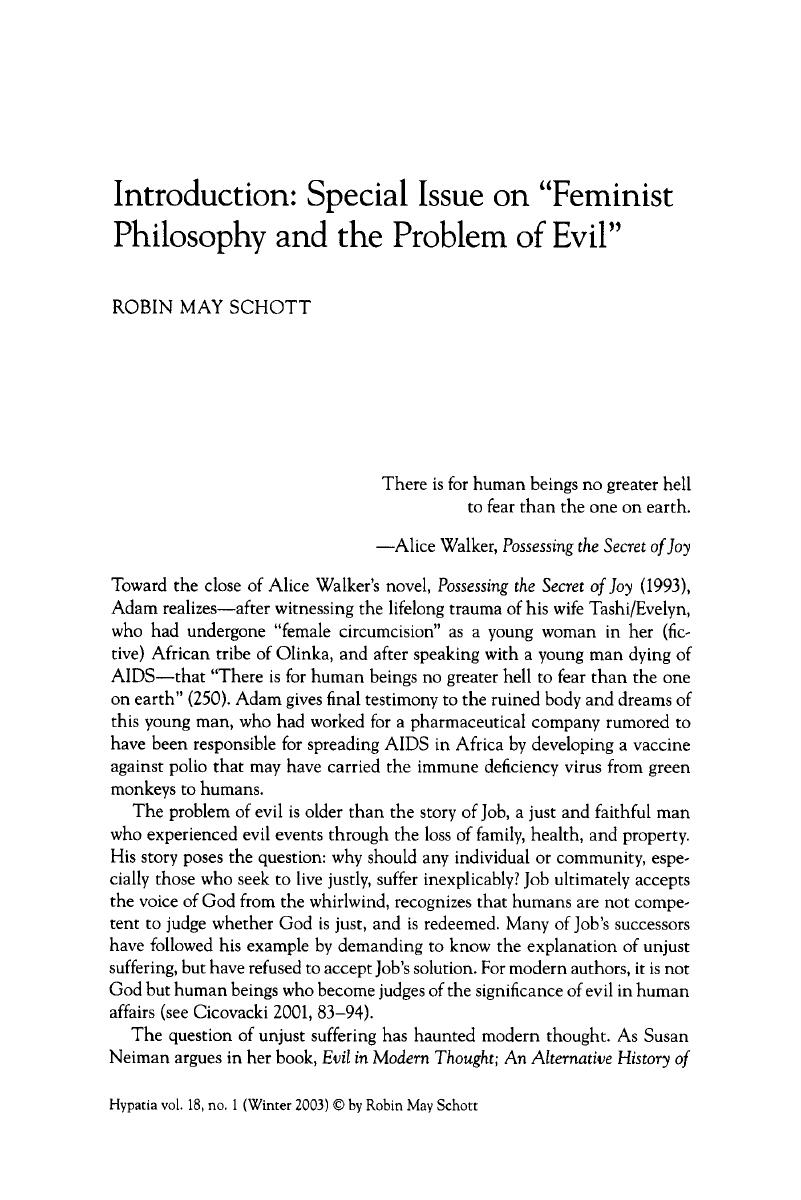Crossref Citations
This article has been cited by the following publications. This list is generated based on data provided by Crossref.
May Schott, Robin
2016.
Misplaced Gratitude and the Ethics of Oppression.
Metaphilosophy,
Vol. 47,
Issue. 4-5,
p.
524.
May Schott, Robin
2018.
Criticism and Compassion.
p.
289.





